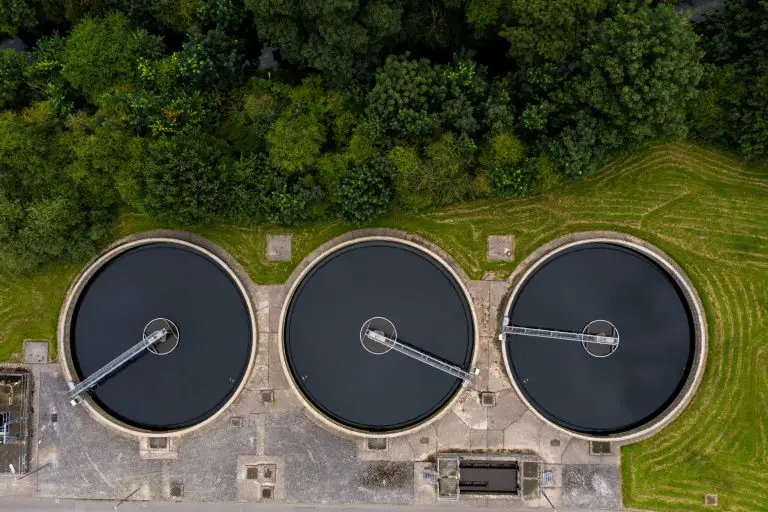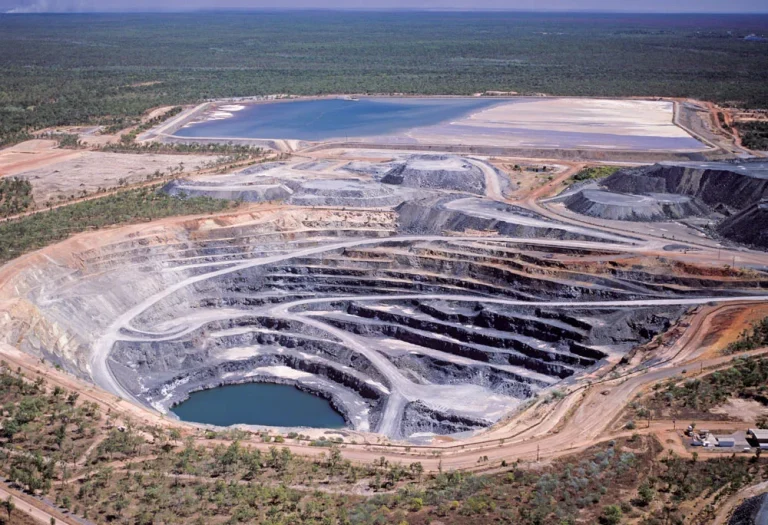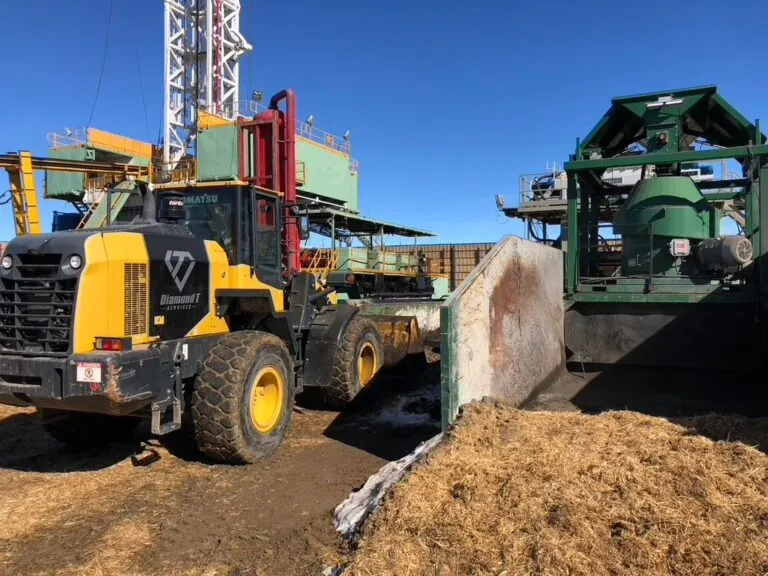Many construction projects require access to specific areas that aren’t available via public roadways. In these circumstances, right-of-way services are needed for both legal and environmental reasons. Review the commonalities and differences between right-of-way and access services to determine what is required for your project.
Right-of-way vs. Access
Access to a property
Some construction or industrial services can be performed easily when there is access via a public roadway or land. In this case, companies can utilize access matting in order to protect the surrounding environment by reducing runoff that leads to contamination. If the property is not immediately accessible due to land or water obstructions, then you may need to enter through a privately-owned land parcel. This is when a right-of-way easement should be filed.
What are easements?
You’ll need to acquire a written agreement from the land parcel owner in order to legally use their privately-owned land for access to the site. This written agreement is called an easement. The easement can be tied to either the land-owner or the parcel itself. Easements typically expire after the project is complete unless provisions are made to the agreement.
Right-of-way Easements
Right-of-way access easements ensure that, during the time of the project, legal access will be fully granted through the privately-owned parcel to the site. Right-of-way access can also include multiple private parcels in the agreement. Depending on the agreement, right-of-way is granted to the company by the land-owners for entering, leaving, and returning to the property for project-related needs.
Here are just a few common items that are typically discussed in a right-of-way easement agreement:
- Land survey with outline of where right-of-way access is permitted
- Right-of-way restrictions and permits
- Information on the closest public road access to the property
- Projected timeline of right-of-way services
Where to find right-of-way access services
When working on a right-of-way project, it’s essential to utilize environmentally safe practices. With the best right-of-way access services, you can help mitigate issues like erosion, run-off, and contamination. Preventing negative environmental impact can also help you finish your project safely and on time.
Hiring a company well-versed in right-of-way services is important when performing these types of projects. Before starting your project, consider these types of right-of-way services performed by Diamond T Services.
- Access planning for the site
- Site preparation through ROW clearing, mowing, mulching, grubbing, and cutting
- Clearing high-sensitive environmental areas and managing erosion
- Setting up construction aprons, staging areas, and access matting
- Improving visibility through the access area
- Improving ground protection to and from the project site
- Managing stormwater flow, application of herbicide, and spreading topsoil
- Full site cleanup and restoration
If you need help navigating right-of-way services prior to a construction or industrial project, contact Diamond T Services in Denver for help.






